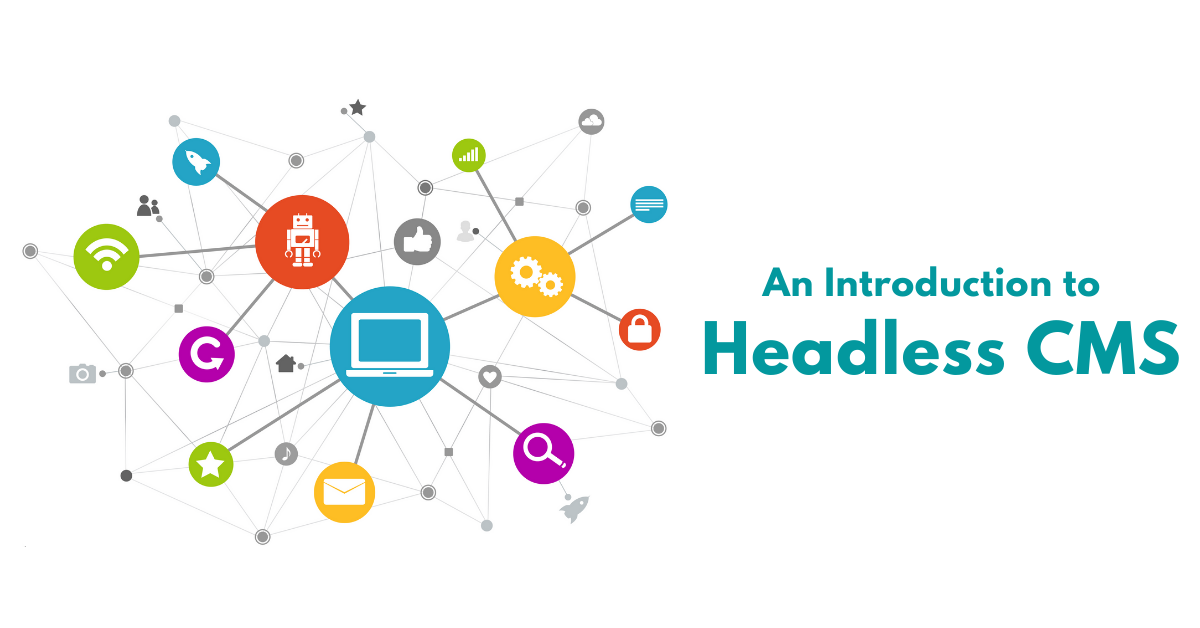Since the inception of the Internet, or more specifically, the World-Wide-Web (WWW), back in the 1980s, we’ve seen tremendous growth in content and it’s accessibility. More importantly, the tools to manage that content have seen decades of development from thousands of developers.
As soon as businesses realized that the content on the Internet can be utilized to market products and services, they started developing content management systems for internal usage. Some of them became amazing open-source projects like Joomla, Drupal, WordPress etc.
With the advancement of mobile technology and connected devices, posting content only on websites was not enough. Businesses soon realized that they need better content management tools and better technologies to distribute them on multiple platforms.
Thanks to the development of REST APIs and GraphQL over the years, it has become very easy to expose content securely with multiple kinds of clients like Flutter based Android and iOS mobile apps, websites, web-apps, Kiosk terminals etc.
Headless content management is a strategy to allow the clients to consume content irrespective of their server-side implementation. To give you an example, most server-side technologies like PHP, NodeJS and Java, put the content in the rendered HTML page, i.e. they insert the data in the HTML page using some templating language. This causes tight coupling between server side and client side logic.
In the case of an API based CMS, the server is responsible for sending the response in JSON/XML format using standard REST or GraphQL conventions and the client is responsible for consuming and rendering the content.

Why do you need a Headless Content Management System?
Scaling content distribution is hard. With so many social media networks and multiple channels of consumption, making sure that the content reaches the right audience at the right time is of utmost importance.
With traditional Content Management Systems, you are limited to only a few channels, most prominent of which is a website. Of course, you can make the website responsive to make it mobile friendly, but what if you need a native mobile app with additional features like Push Notifications, Camera access etc? You simply can’t integrate mobile apps with a traditional CMS.
Further, traditional CMS are not very well extensible because their data modeling is mostly static. There are ways to overcome this limitation but not without a lot of custom development. And of course, with custom development, comes the need to maintain the system as a whole and make sure that it’s secure from new vulnerabilities.
With a headless CMS, you can extend the data model very quickly and add more types of content to it. These CMS expose data in fixed JSON/XML format then leave it to the client to render it. Which means that the clients are free to do whatever they want with the data.
You can also attach multiple data sources at the client side to fetch data from other systems. Ultimately, it’s the client who is responsible for rendering the content which gives immense power to the developers.
Traditional vs Headless CMS
Now that you know what Headless CMS are and why you need them, it’s time to understand the difference between traditional and headless CMS.
- Hosted on a cloud – Gone are the days of hosting an on-premise CMS and maintaining it with a team of dedicated IT engineers and system admins. With the advancement of cloud technology, almost every headless CMS can be hosted on any cloud provider like AWS, Google Cloud or Azure. This makes sure that the data is always available.
- Limitless device support – With a Headless CMS you’re not limited to just one or two channels or devices. You can access the data or content on any kind of device which can integrate a REST / GraphQL API.
- An Agile workflow – Unlike traditional CMS where the development model is mostly waterfall, headless CMS brings more agility in every project. You can move fast and bring amazing content to your audience in very less time.
- Continuous updates – Headless CMS are designed to be continuously updatable, while traditional CMS must be updated with a certain down-time during scheduled updates.
- Embarrassing microservices architecture – Modern headless CMS are built on the infinitely scalable microservices architecture. This means that irrespective of the number of audience you may get, your CMS system is going to cater to them without breaking a sweat!
- Best for POCs and MVPs – With a traditional CMS, you need to set up the whole project, design the data model and expose data manually. While in case of a headless CMS, you can quickly drag-and-drop the fields, create relationships and voila, you’ve a ready-made API which can be consumed by any type of client connected to the Internet.
As you can see, traditional CMS are only useful if you have only 1 or 2 content distribution channels. If you really want to scale your content marketing efforts to the next level, you should be using a headless CMS.
Conclusion
As the adaptation of the Internet increases in the world, we’re going to witness an explosive demand in content creation and distribution. While it’s easy to create content with a traditional CMS, it’s rather difficult to distribute it properly. With a headless CMS, you can be sure that your content will reach every one of your audience irrespective of the channel or device they use to consume it. Strapi is one of the best headless CMS which offers many customization options. Check out more information about Strapi here.
Want to build a quick MVP for your next big idea? Reach out to us now.
